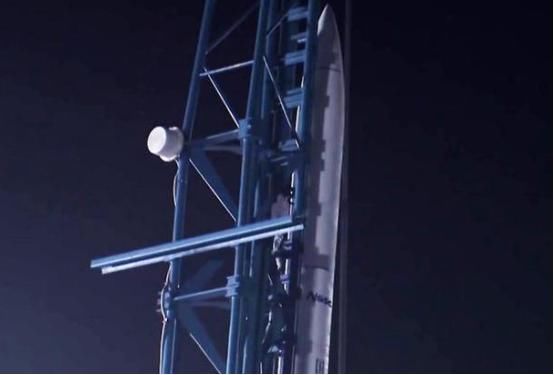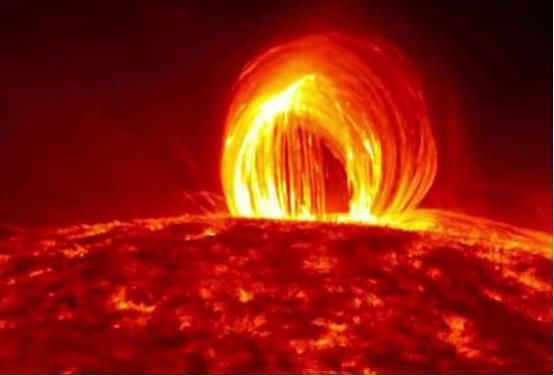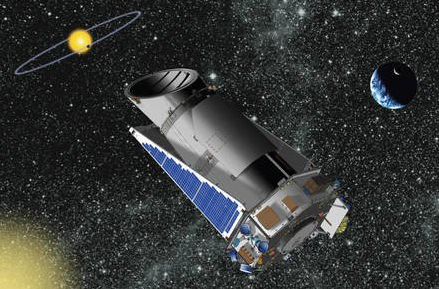Recently, China's space flight can be described as a good news, and the No. 4 and Yutu are on the back of the moon, and the third phase of the Beidou system is put into use. In the field of air and space exploration, China Aerospace has brought too many surprises to the Chinese people. However, the achievements of China Aerospace in sounding rockets are rarely known to the Chinese. This achievement is China's sounding rocket.
China’s sounding rockets have made brilliant achievements. Just in the satellite launching base in Xichang, China, a rocket named Tianying sounding rocket was successfully launched. The Skyhawk sounding rocket created a record for the history of China's sounding rockets. The maximum speed of the flight after launch was 28 times the speed of sound, and the maximum flying height after launch was 36,000 kilometers. From the moment the launch of the Skyhawk rocket, China Aerospace has created a record that shocked the world in the field of sounding rockets.
Due to the overwhelming coverage of the manned space flight and lunar exploration program, there is little known in the space field of China's sounding rocket launch. The difference between the sounding rockets and the launch vehicles we understand in peacetime is still very large. The use of sounding rockets is mainly for observation and scientific experiments in near-Earth space. We use sounding rockets to detect various components and parameters in the atmosphere and study the phenomena of various space universes such as ionosphere and solar ultraviolet. In the launch, the sounding rocket can achieve suborbital flight, its own uncontrolled rocket, simple structure, low cost, and the transmitter is also very convenient.

China's research and development in the sounding rocket field is earlier. In 1956, China had developed experimental sounding rockets. By 1958, China officially developed domestic sounding rockets. After decades of development, China has developed a variety of models of sounding rockets, laying a solid foundation for the field of near-Earth space exploration.
This time we successfully launched the Skyhawk sounding rocket at the Xichang Satellite Launch Center. From the performance point of view, the launch speed of the Skyhawk sounding rocket reached the fastest speed of 28 times, and the launch height reached 36,000 kilometers of Earth's orbit. It is not difficult to find out that, starting from the Skyhawk series sounding rockets, our sounding rockets already have the capability of conventional launch vehicles. It is no exaggeration to say that the Skyhawk sounding rocket has realized the transformation of China's sounding rocket from single use to multi-purpose realization. The Skyhawk series of rockets can be used for sounding missions in near-Earth space as well as for launching small satellites.

The rocket can fly to an altitude of 36,000 kilometers. This height is not only the first height in China, but also the height of 36,000 kilometers in the world. And its speed is up to 28 times the speed of sound! From the height of flight and the speed of flight, the Skyhawk sounding rocket is already a world-class multi-purpose sounding rocket. In contrast, the United States, its sounding rockets only reached a maximum of 10,000 kilometers of space.
Some people will ask questions, the Skyhawk sounding rocket ran to a flight altitude of 36,000 kilometers. What do you want to do? The Skyhawk rocket is equipped with a sounding instrument called Kun Peng No. 7. The Qi Peng No. 7 is closely related to China's “Mid Meridian Project”, and the “Meidun Project” is called the Great Wall of China. Nowadays, people's life safety is closely related to the safety of air and space. Earth's magnetic field disturbances, solar flares, and sunbursts can cause damage to spacecraft and even global information systems, and affect our daily lives. Therefore, we must constantly monitor the activities of the space.

The “Meidun Project” detection station is divided into the north-south line and the east-west line. On the north-south line, the monitoring points are set up from the Mohe River to the south to the Wuhan and Hainan areas near 120 degrees east longitude, and extend to the Antarctic Zhongshan Station. On the east-west line, there are also several stations on the 30-degree latitude from the east to Shanghai and west to Lhasa. The two detection lines are in Wuhan, and weaving a large network to monitor the abnormal environment of the universe. The Kun Peng 7 is the weapon for the space exploration activities of the “Mercury Project” in China, and the launch of the Good Eagle rocket of the Peng Peng 7 can throw metal crucibles at tens of thousands of kilometers. The enamel powder is exposed to sunlight to produce strontium ions that move in space, simulating the magnetic field activity of the space. Our ground-based observatories can rely on the helium ion cloud to observe anomalous activity in space.






